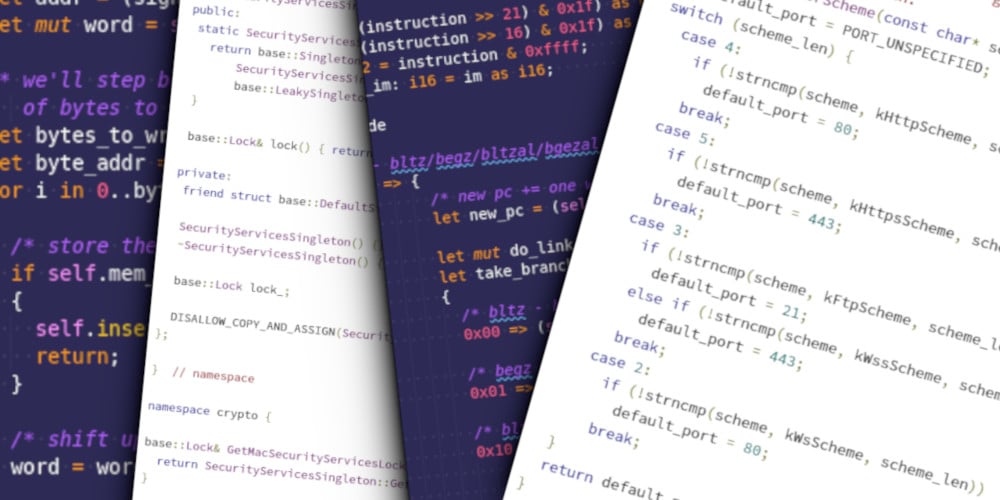
"Famed mathematician, cryptographer and coder Daniel J. Bernstein has tried out the new type-safe C/C++ compiler, and he's given it a favorable report. The modestly titled Notes by djb on using Fil-C doesn't sound like much, and indeed, the introduction is similarly modest: I'm impressed with the level of compatibility of the new memory-safe C/C++ compiler Fil-C (filcc, fil++). Many libraries and applications that I've tried work under Fil-C without changes, and the exceptions haven't been hard to get working."
"There are also hardware efforts to bring much greater memory safety to C and C++, notably the CHERI project which has feratured in these pages more than once. Another is OMA, the Object Memory Architecture, which emerged from founder Ed Nutting's PhD research on an Interleaved Hardware Garbage Collector - Nutting compared the two last month in a blog post called Two Paths to Memory Safety."
Fil-C is a memory-safe C and C++ compiler that maintains a high level of compatibility with existing libraries and applications; many run without changes and exceptions have been straightforward to resolve. Fil-C is implemented as a Clang-based front end for the LLVM compiler infrastructure. Competing and complementary approaches include software tools like TrapC and hardware approaches such as CHERI and OMA. CHERI provides hardware-enforced memory safety but changes aspects like pointer sizing, whereas Fil-C preserves sizeof(void*) and therefore offers greater compatibility with existing C/C++ code. OMA originates from research on interleaved hardware garbage collection.
Read at Theregister
Unable to calculate read time
Collection
[
|
...
]